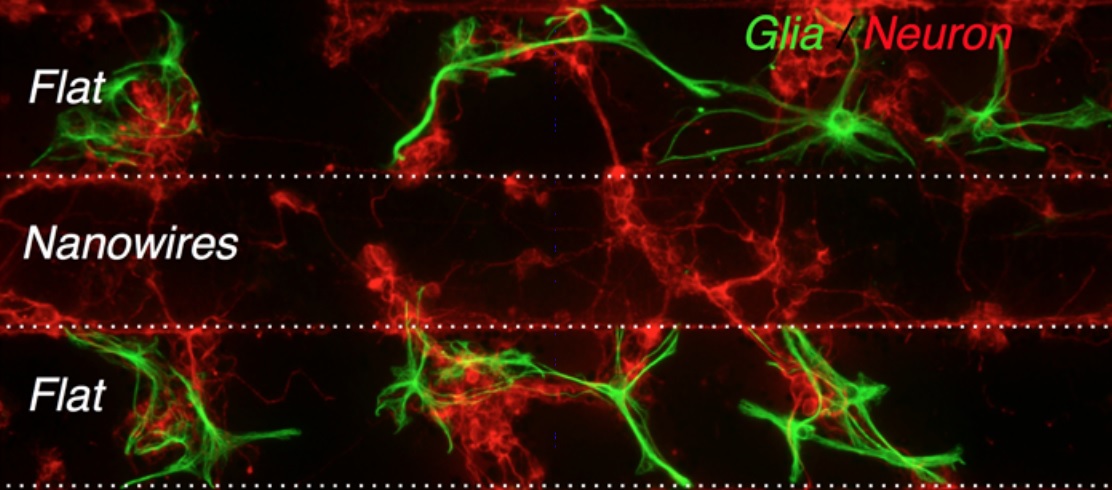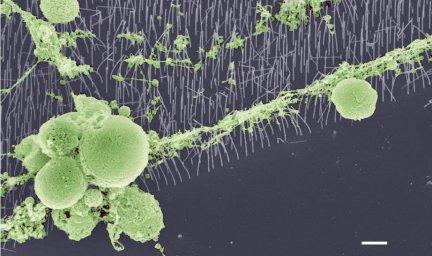Scientists at Lund University have developed a new technology that uses a nanowire thread measuring 80nm in diameter that will work to strengthen brain implants. Neuro-prostheses are currently used to collect information from the brain for those with Parkinson's disease and other illnesses. One central issue that science and technology face is that the brain identifies the implant as foreign and uses cellular material to surround the electrode, resulting in a loss of signal. With this new technology, experts are hoping this will eliminate the problem.

“Our nanowire structure prevents the cells that usually encapsulate the electrodes – glial cells – from doing so”, said Christelle Prinz, the co-creator of the new technology.
The structure is made of a 3D gallium phosphide (GaP) semiconductor with nanowires sticking out, so while the glial cells grow on the flat semiconductor, neurons will grow on the nanowires. With this method, they’re in close proximity, but not too tight that the neurons stick together, resulting in better, longer lasting brain implants.
To build the technology, the team used a combination of electron beam lithography and metal organic vapor phase epitaxy, a chemical process used to make thin films. GaP is what’s used in LEDs, which emits a green color, but tampering them with nitrogen or zinc oxide can generate a few additional colors.

The GaP used here is purely substrate with no other optogenetic applications. To convert the GaP base into an electrode, experts typically metalize the contact surfaces with a thin film of gold. The scientists at Lund University patterned the GaP into strips while the glial cells remained in the valleys between. While it is not fully understood why the neurites prefer the nanowire technology, it seems the active glial perform better on flatter surfaces.
At the moment, the nanowire technology has only been tested in cultured samples, but with the positive results, live subject testing is expected to begin soon.
Via Engadget and ExtremeTech
Advertisement
Learn more about Electronic Products Magazine





